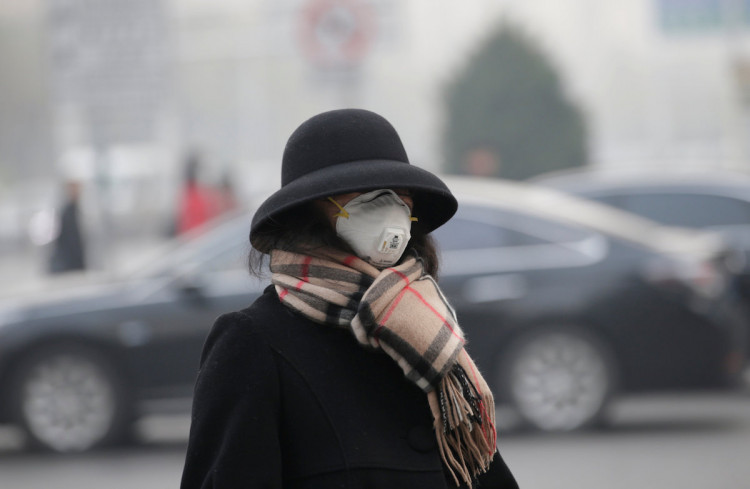A study discovered that the presence of pollutants in the air and water is linked to variations in the ratio of boys and girls born. However, it is unclear if these pollutants were the cause of the transformation.
Environmental factors can influence whether offspring are male or female in some other animals. In many reptiles and fish, for example, the incubation temperature influences the sex of the eggs.
There are various traditional tales in humans regarding what influences a newborn's sex, from what the expectant parents consume to how the infant is conceived. Despite a few modest studies, little is known for certain regarding what environmental influences can influence a baby's sex.
The sex ratio at birth (SRB) is the ratio of boys to girls assigned in the hospital at birth. A greater SRB i
ndicates more boys, while a lower SRB indicates more girls. In general, the SRB is slightly biased toward boys, though this varies by region and time.
Previous studies used small datasets to investigate whether pollutants, weather changes, or psychological stress could affect the SRB. A team of scientists lead by Dr. Andrey Rzhetsky of the University of Chicago matched birth records from 6 million babies to environmental data from national databases for this study. They examined 3 million births in the U.S. between 2003 and 2011, as well as another 3 million in Sweden between 1983 and 2013.
Seasons, ambient temperature, violent crime rates, unemployment rates, or commute times had no effect on the sex ratio at birth, according to the findings. Iron, lead, mercury, aluminum, and carbon dioxide were among the pollutants that influenced the sex ratio, with some increasing the ratio of boys and others decreasing it.
Air pollution is one of the most serious environmental issues facing the world today. According to research, the typical worldwide citizen will lose 2.2 years of life due to present levels of air pollution, with all of us exposed to more than three times the threshold of pollution considered acceptable by the World Health Organization.
Other factors, such as extreme droughts and industrial permits, were also linked to changes in the sex ratio, according to the findings. The researchers also looked for associations between stressful events in the United States and changes in the sex ratio in adjacent locations, finding that Hurricane Katrina had no effect whereas the Virginia Tech shooting did.
While the study can't tell for sure if pollution is influencing the boy-to-girl ratio, the researchers said they hope the findings will push politicians to address pollution.






